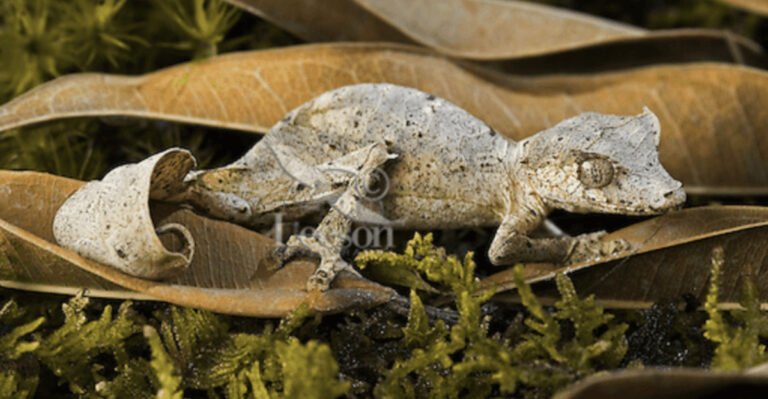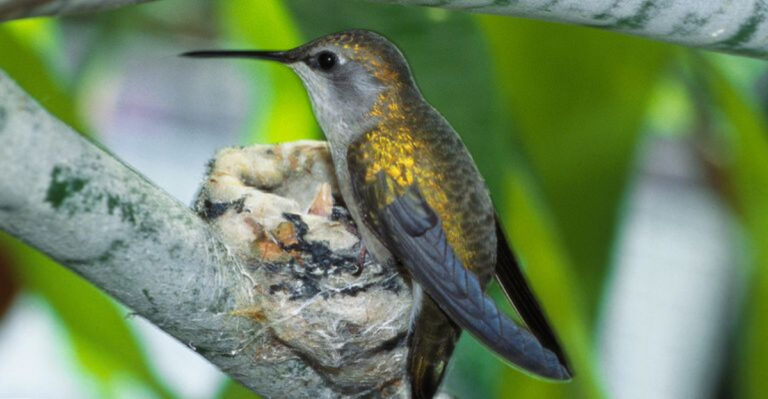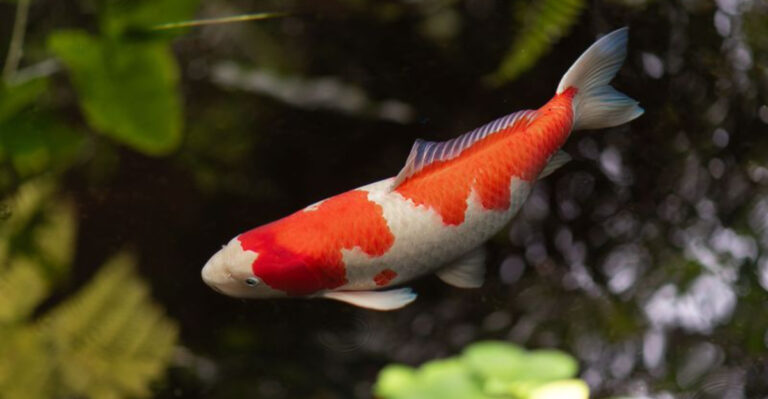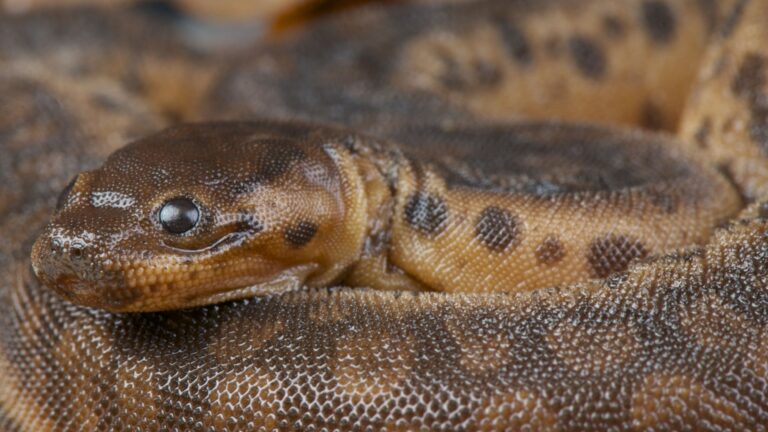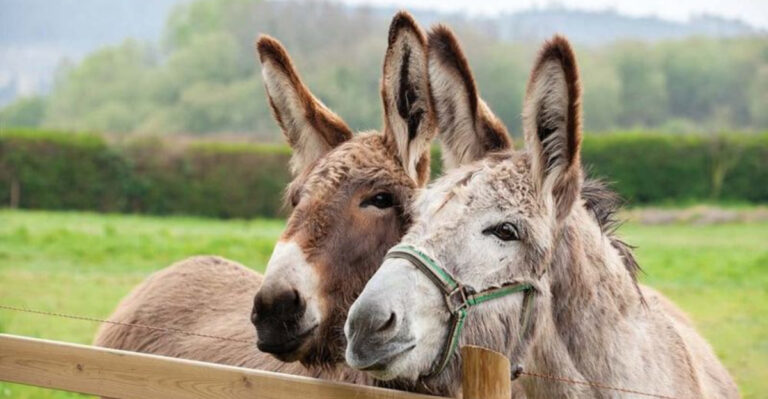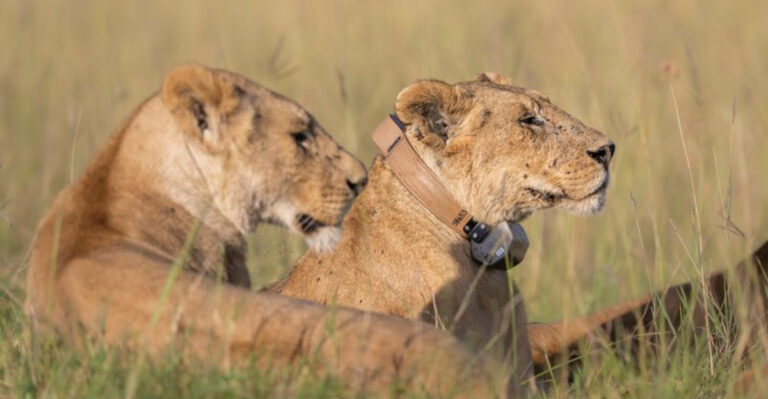The Unbelievable Comeback Story Of A Once-Extinct Tropical Bird
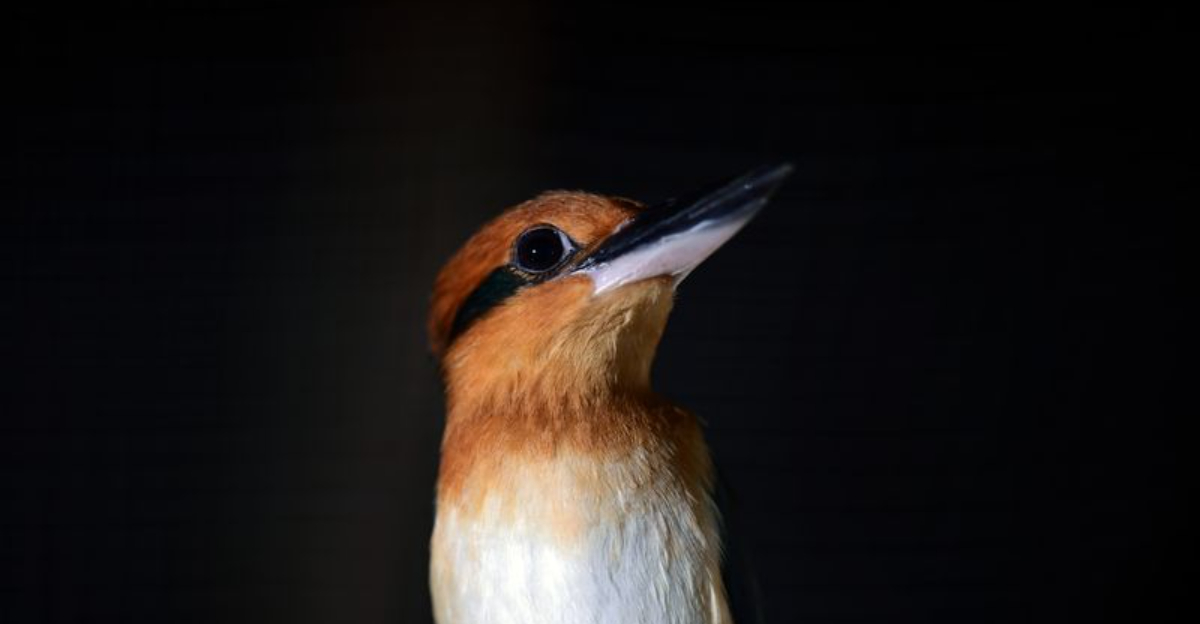
Imagine losing a brilliant jewel of nature, only to find it again against all odds. The Guam Kingfisher, with its vibrant blue and rusty-orange feathers, vanished from the wild in the 1980s.
Their incredible journey from extinction to revival showcases how determination, science, and cooperation can bring a species back from the brink.
1. The Guam Kingfisher: A Brief History Of Its Decline
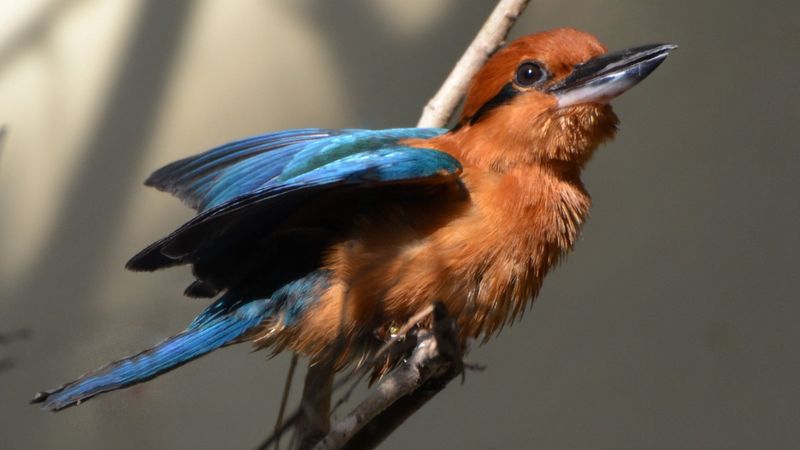
Once a common sight flashing through Guam’s forests, these bright orange and blue birds disappeared rapidly in the 1970s. By 1988, not a single wild kingfisher remained on the island.
The last 29 birds were captured for an emergency breeding program, making them officially extinct in the wild. Their distinctive calls, once part of Guam’s natural soundtrack, fell silent across the entire island.
2. What Caused The Near Extinction Of The Guam Kingfisher?
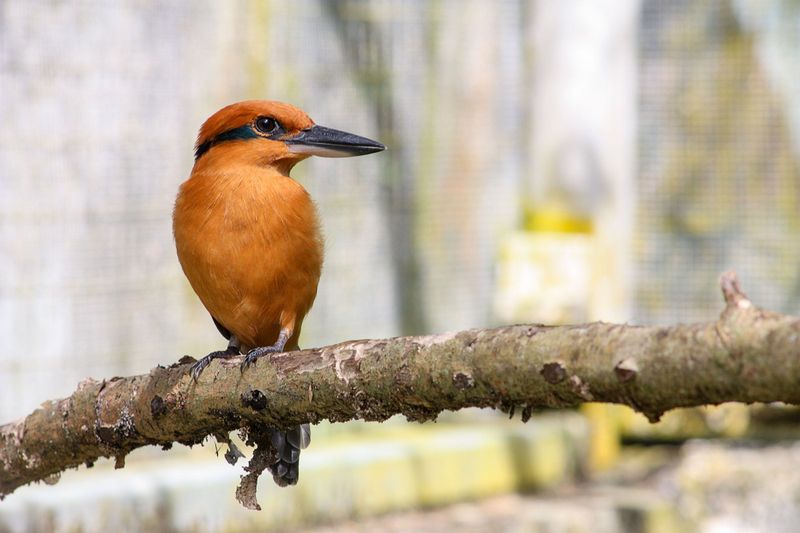
A slithering disaster arrived accidentally on military ships after World War II. The brown tree snake, with no natural predators on Guam, multiplied explosively across the island.
These nocturnal hunters raided nests with devastating efficiency, devouring eggs and chicks. The kingfishers, having evolved without snake predators, had no defense mechanisms against this new threat to their survival.
3. The Role Of Invasive Species In The Kingfisher’s Struggle
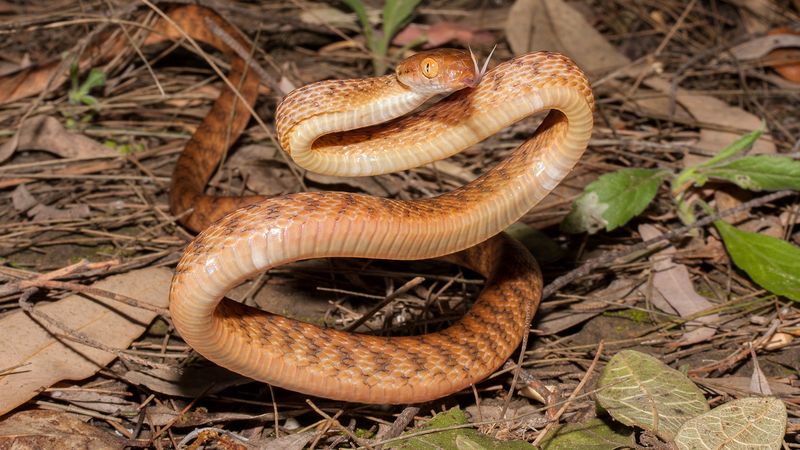
Brown tree snakes multiplied to astonishing densities of up to 13,000 per square mile. Their invasion caused the extinction or local disappearance of 10 of Guam’s 12 native forest bird species.
Beyond birds, these snakes disrupted the entire ecosystem. Fewer birds meant fewer seed dispersers and insect controllers, creating a cascade of ecological problems that changed Guam’s forests fundamentally.
4. The Significance Of The Guam Kingfisher To The Island’s Ecosystem
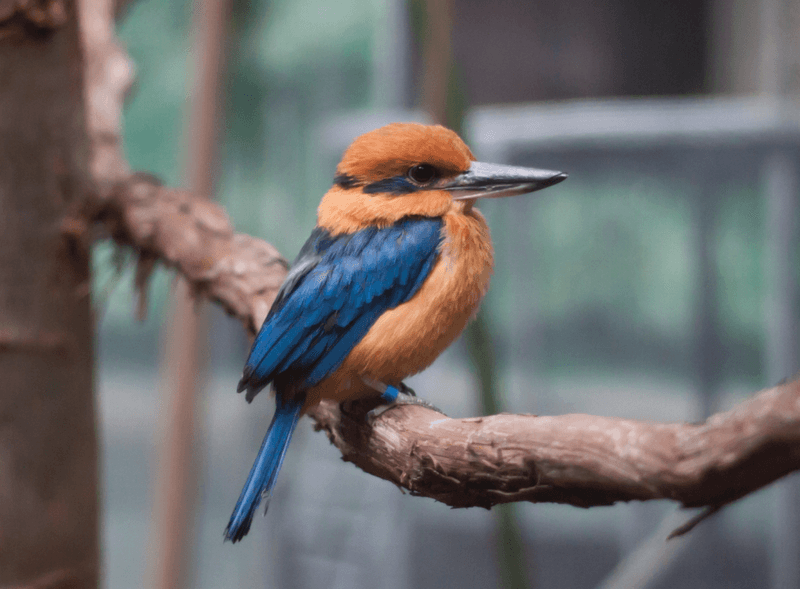
Kingfishers weren’t just pretty faces in Guam’s forests. As insect-eaters, they helped control pest populations that could damage plants and crops.
Their nest-building habits in dead trees created homes later used by other creatures. Known as sihek in the CHamoru language, these birds also held cultural importance to Guam’s indigenous people, featuring in stories and traditions passed through generations.
5. Conservation Efforts: The Battle To Save The Guam Kingfisher
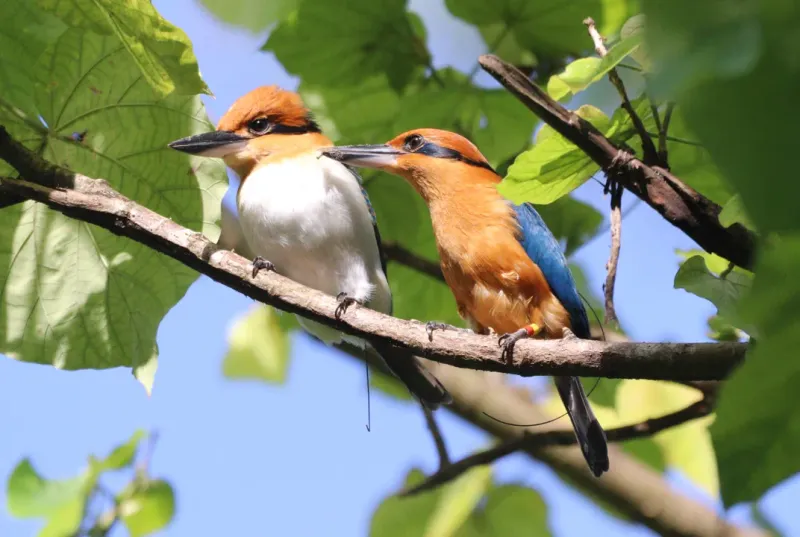
Racing against extinction, conservationists launched an emergency rescue mission in the 1980s. The remaining birds were carefully captured and distributed to specialized breeding facilities across the United States.
Experts from multiple zoos formed the Guam Kingfisher Species Survival Plan. This collaborative program established breeding protocols, genetic management strategies, and long-term goals for eventually returning kingfishers to the wild.
6. Captive Breeding Programs: A Last Resort For The Kingfisher
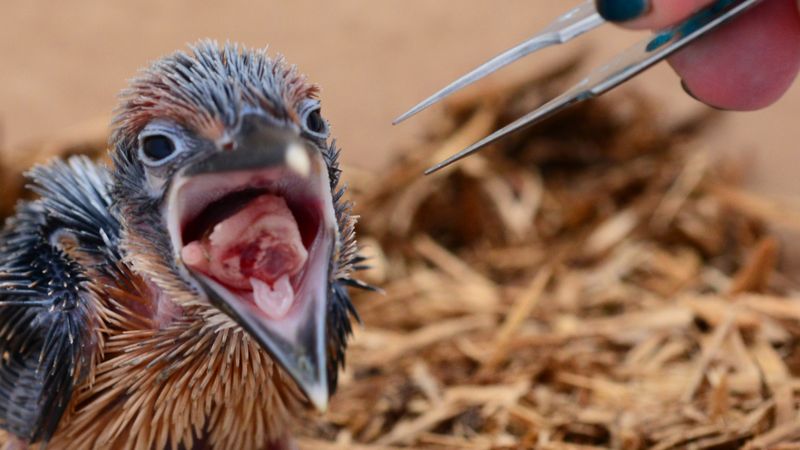
Starting with just 29 birds, breeding specialists faced enormous challenges. The kingfishers proved difficult to breed in captivity, with specific needs for diet, nesting materials, and environmental conditions.
Each successful hatching represented a victory for the species. Careful genetic management prevented inbreeding among the limited population. After decades of persistence, the captive population grew to over 140 birds across American zoos and breeding centers.
7. The Role Of Zoos In Reintroducing The Guam Kingfisher
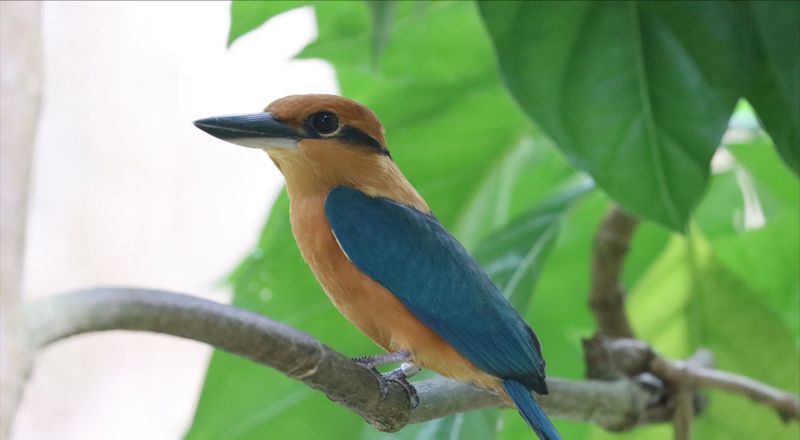
Modern zoos transformed into kingfisher lifeboats, creating specialized habitats mimicking Guam’s forests. Facilities like the Philadelphia Zoo and Smithsonian National Zoo became crucial breeding centers maintaining genetic diversity.
Beyond breeding, zoos educated millions of visitors about the kingfisher’s story. They raised awareness and funding for conservation efforts while training specialists in the unique care requirements these birds need for eventual wild release.
8. The Return To The Wild: Reintroducing The Kingfisher To Guam
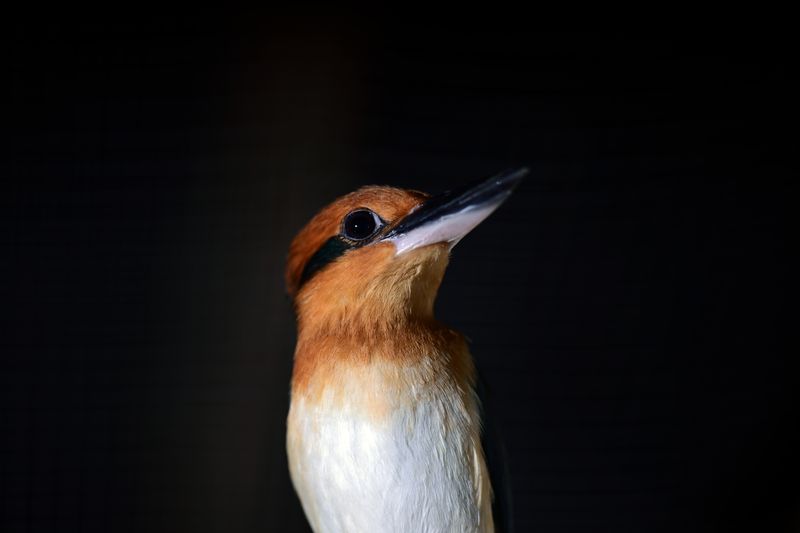
After 30+ years extinct in the wild, kingfishers are preparing for a homecoming. Cocos Island, a small snake-free islet near Guam, has been selected as the first reintroduction site.
Birds undergo “boot camp” training to develop wild survival skills before release. They learn to catch live prey, recognize predators, and navigate natural environments. The first wild releases, scheduled for 2023-2024, mark a historic milestone in conservation history.
9. Challenges Faced During The Reintroduction Process
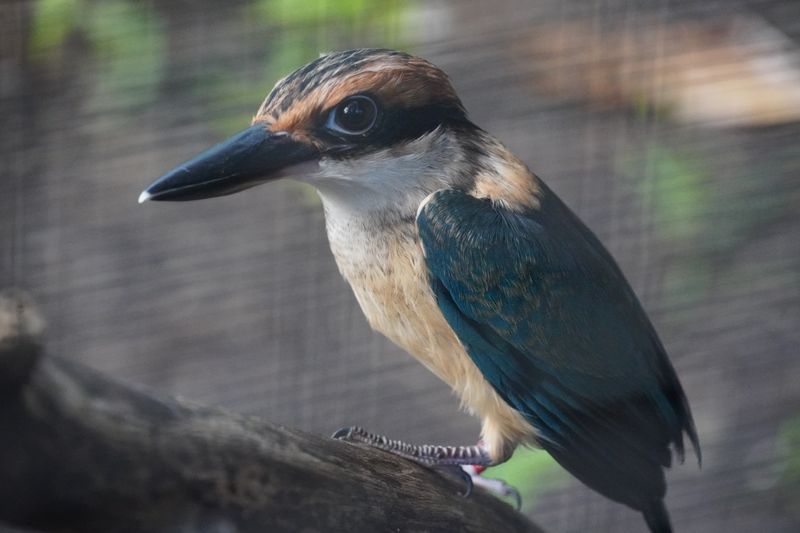
Releasing captive-bred birds isn’t as simple as opening cage doors. Many kingfishers have never seen the sky or caught wild prey, requiring pre-release training to build essential survival skills.
Finding suitable habitat remains difficult. Most of Guam still has snake problems, while potential release sites need the right trees, food sources, and protection. Weather extremes, including typhoons that regularly hit Guam, present additional risks to newly released birds.
10. The Role Of Habitat Restoration In The Comeback Of The Kingfisher
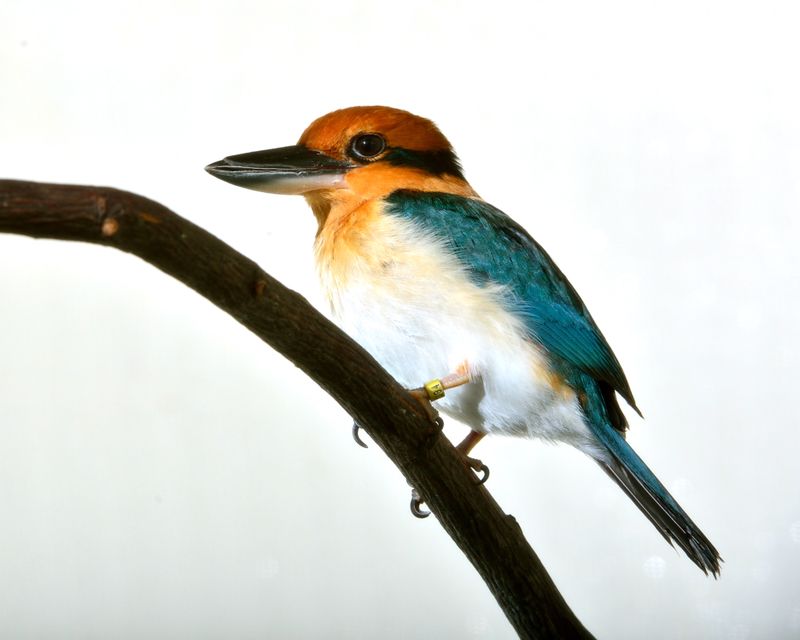
Creating kingfisher-friendly environments means more than just removing snakes. Conservation teams are actively replanting native trees that provide proper nesting sites and food sources.
Artificial nest boxes serve as temporary homes in areas where natural tree cavities are scarce. Some sites require complete ecosystem rehabilitation after decades of ecological disruption. This restoration work benefits not just kingfishers but dozens of other native species.
11. How The Guam Kingfisher’s Comeback Could Inspire Other Conservation Projects
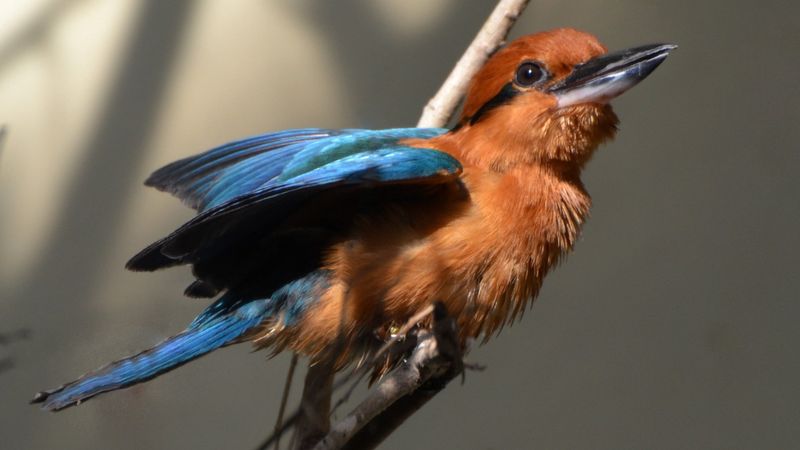
The kingfisher revival creates a blueprint for saving other extinct-in-wild species. Its success demonstrates that even species gone from nature for decades can potentially return.
Conservation teams worldwide are studying these methods for application to other critical cases. The Hawaiian crow, New Zealand’s kakapo, and Brazil’s Spix’s macaw programs are all adapting lessons from the kingfisher project, creating a ripple effect of conservation innovation.
12. What We Can Learn From The Recovery Of The Guam Kingfisher
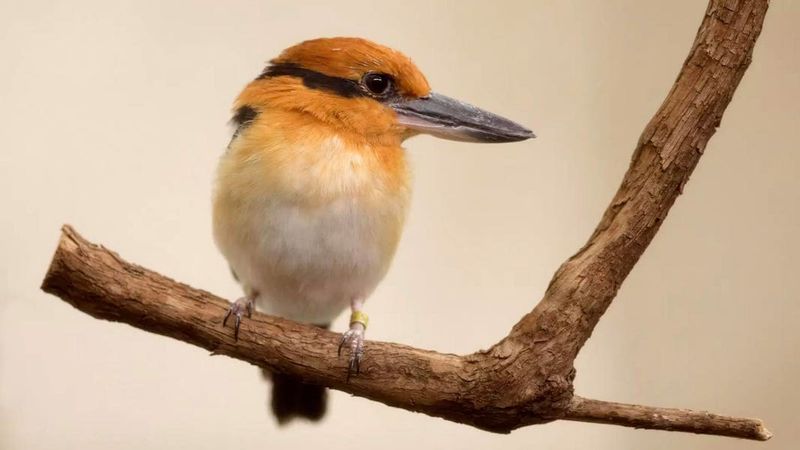
Prevention beats rescue every time – the kingfisher story highlights how quickly invasive species can devastate island ecosystems. Early action could have prevented decades of expensive recovery work.
Collaboration across institutions proved essential for success. No single organization could have saved this species alone. The kingfisher recovery also demonstrates the value of long-term commitment – meaningful conservation requires patience measured in decades, not years.
13. The Future Of The Guam Kingfisher: Ongoing Conservation Efforts
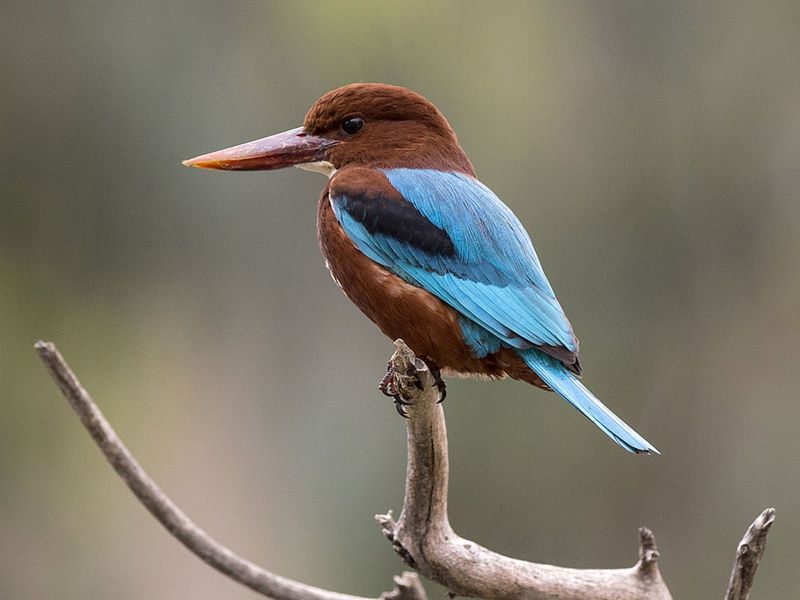
Beyond initial releases, plans include establishing multiple wild populations across different locations. This strategy creates insurance against disasters affecting any single site.
Genetic management continues as a priority to maintain diversity in both captive and wild birds. Technology plays an increasing role, with miniature tracking devices monitoring released birds and automated monitoring systems detecting changes in population patterns.
14. Why The Success Of The Guam Kingfisher Is A Win For Global Biodiversity
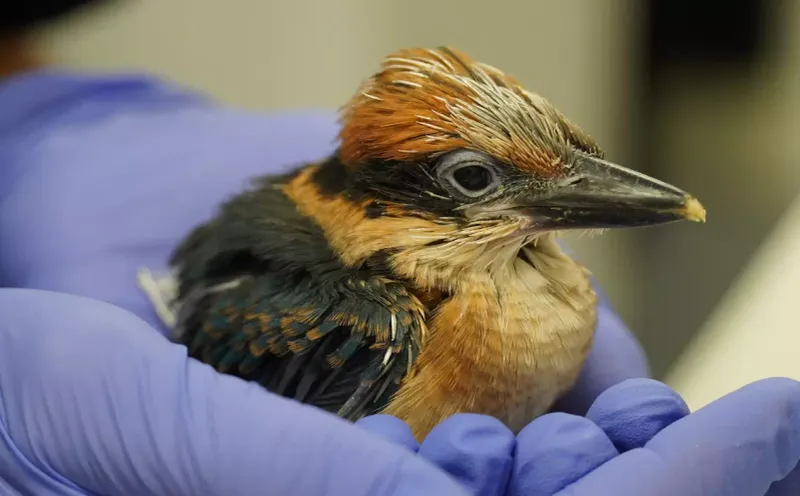
Each recovered species strengthens nature’s resilience against climate change and habitat loss. The kingfisher’s return helps restore ecological functions lost when they disappeared.
Success stories combat ‘extinction fatigue’ – the feeling that conservation is a losing battle. When people see concrete victories like the kingfisher’s return, they’re more likely to support other conservation efforts. The project also developed techniques applicable to other endangered species worldwide.

